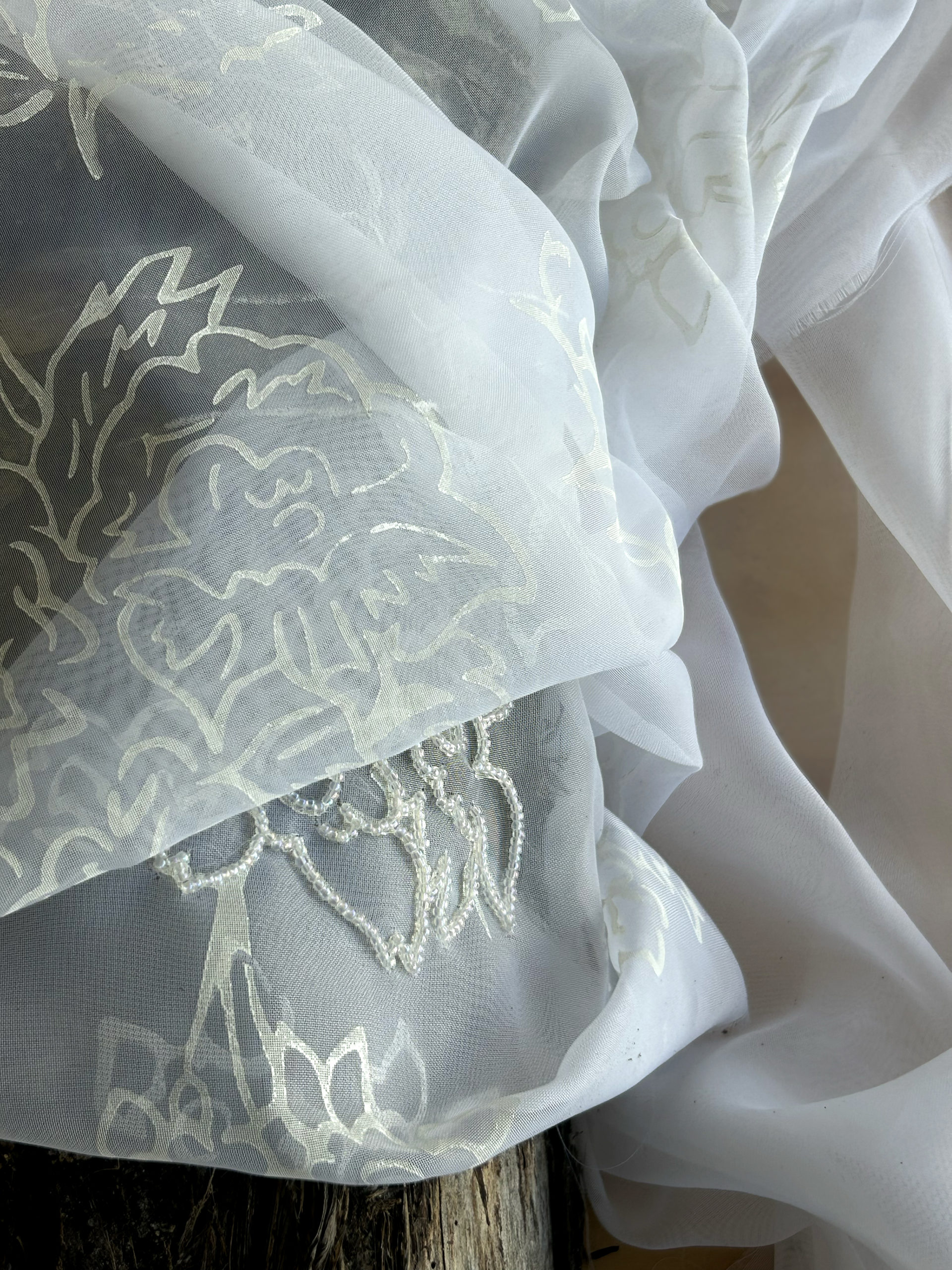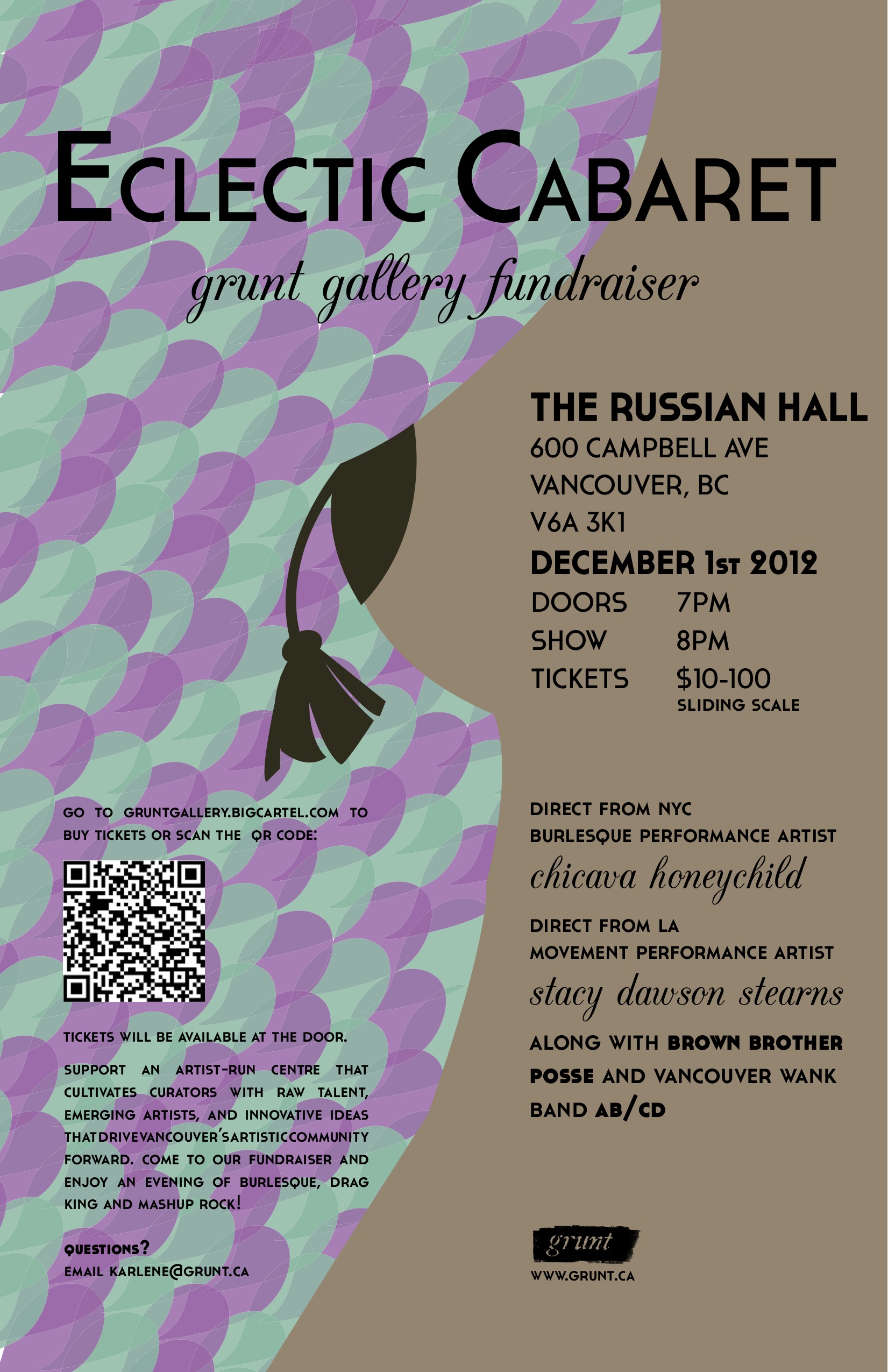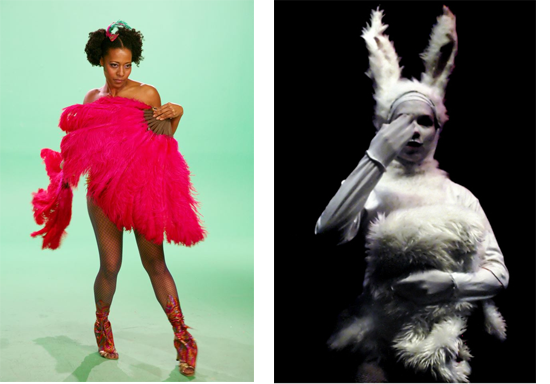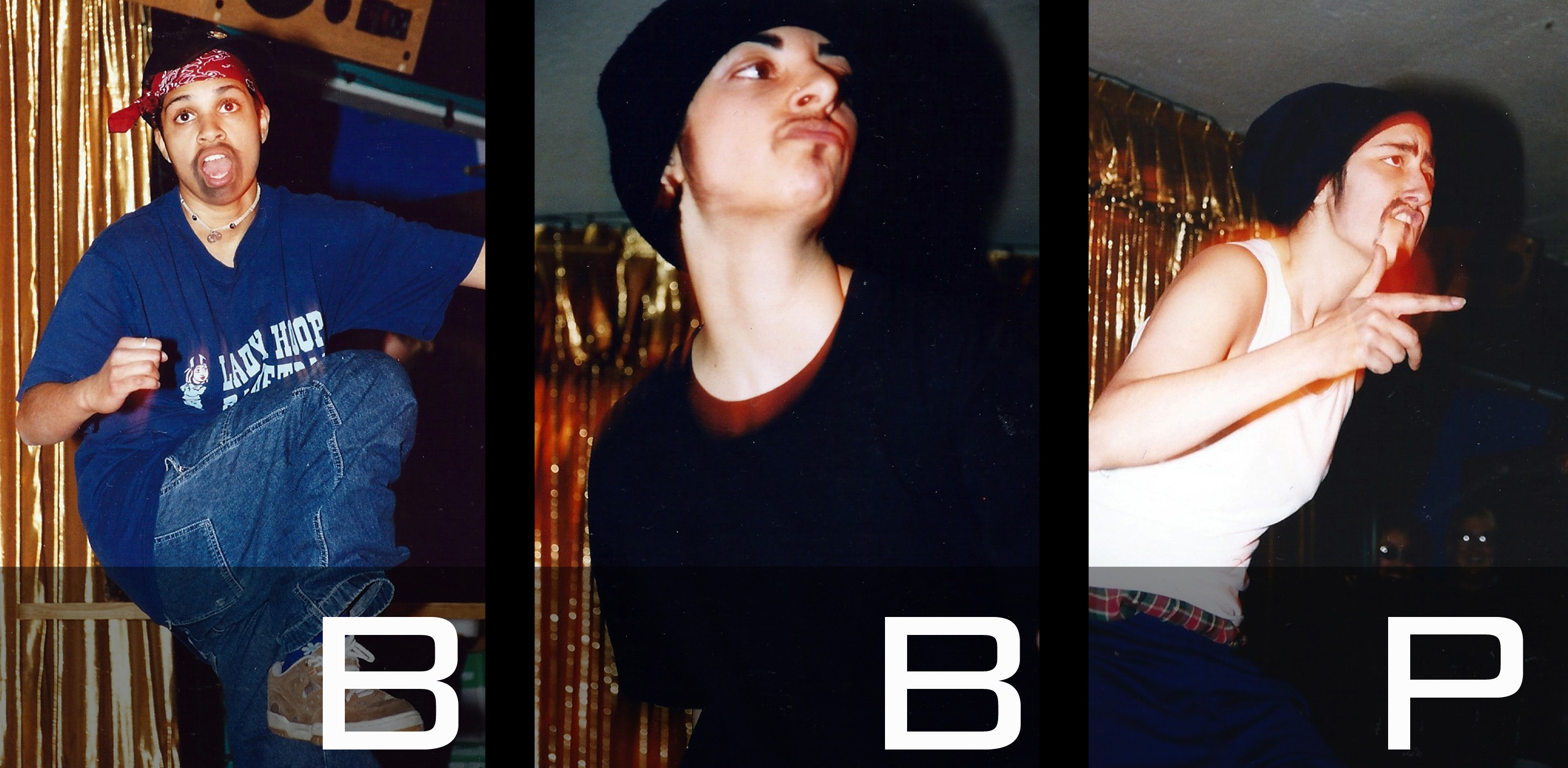Please join us at grunt gallery for the following artist talks and panels. These events will be recorded and used for the creation of a website which will be launched in October 2013.
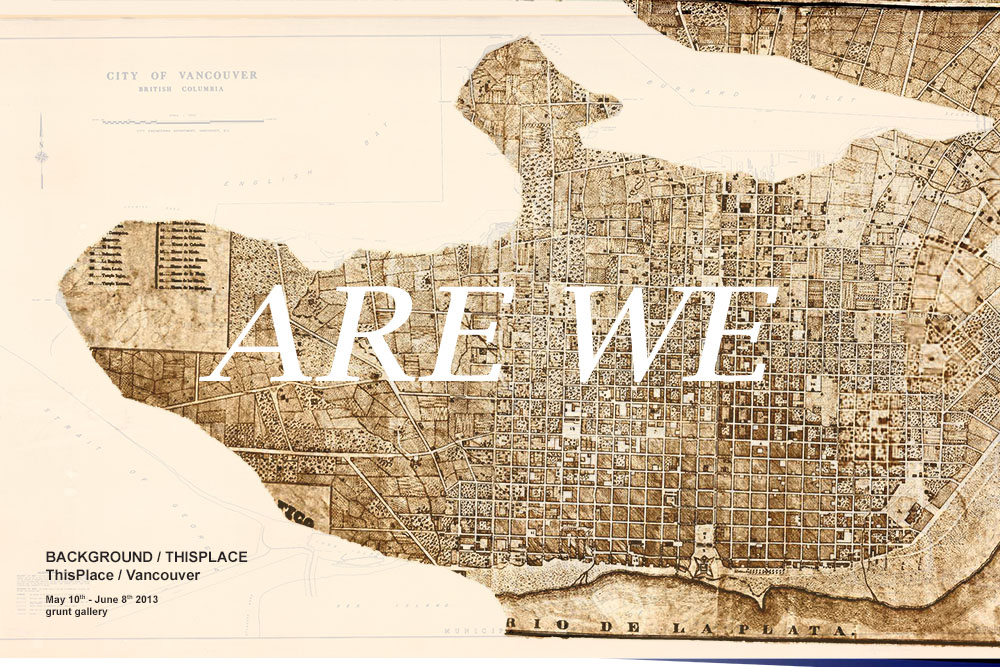
TUES MAY 14
Social Cartography(7pm) �Am Johal & Sarah Shamash �
Am Johal works at SFU’s Vancity Office of Community Engagement in the SFU Woodward’s Cultural Unit. He has previously worked in community economic development, civil society development, journalism and politics. He is currently serving on the Vancouver City Planning Commission, the Vancity Community Foundation and on the Steering Committee for SFU’s Centre for Dialogue. He is currently a part-time doctoral student in media philosophy (European Graduate School).
Sarah Shamash is a media artist born in Vancouver, Canada, where she currently lives and works. She studied film and media arts at the University of Saint Denis, Paris 8 in France completing a Master’s degree in Film and in Media Arts.
Since the 2000’s, she began exhibiting her work in art venues and film festivals while pursuing her creative production at artist residencies, including Vancouver, Toronto, Banff, Salvador (Brazil), Sao Paulo, and Amman, Jordan. Informed by cinema, her research and interdisciplinary process based practice engages socio and psycho geographies through the exploration of specific places, people and mapping strategies that convey personal and experiential knowledge through everyday life.
SAT MAY 18
Background/Vancouver (2pm) �Michael de Courcy with Glenn Lewis & Grant Arnold�
Michael de Courcy was born in Montréal in 1944. He studied at the École des Beaux Arts in Montréal and the Vancouver School of Art. In the late 1960s, de Courcy was a core member of the Vancouver artists’ collective known as the Intermedia Society. While there, he produced an extensive Intermedia photo documentary project which he has since developed into a web installation entitled The Intermedia Catalogue.
de Courcy’s work, which mostly involves photography and printmaking, has been presented both as interventions in public spaces and in public galleries including the Vancouver Art Gallery, the Canadian Museum of Contemporary Photography and the Museum of Modern Art, NYC. He has lectured at numerous reputable institutions including the School of the Art Institute of Chicago, York University, The University of Windsor, The University of British Columbia and the Emily Carr College of Art and Design.
de Courcy characterizes himself as a multi-disciplinary artist and community activist. He considers his work to be closely related to public art. in a recent project, Dead and Buried: The Remapping of the Cemetery at Woodlands, 2010-2012, de Courcy provides a process of redress for the three thousand persons who are at present buried in unmarked graves in the former British Columbia Provincial Asylum site.�
In 2012, de Courcy with Fumiko Kiyooka co-founded and now serves on the board of the Roy Kenzie Kiyooka Foundation. Current and archived projects can be found on his website. http://www.michaeldecourcy.com/
�Born in 1935, Glenn Lewis graduated from the Vancouver School of Art (now Emily Carr University of Art + Design) in 1958 with honors in painting, drawing, and ceramics. He later received a teaching certificate from University of British Columbia (1959) and studied ceramics under Bernard Leach in St. Ives (Cornwall, England) in the early 1960s. He has taught a number of different art disciplines at the University of British Columbia, media workshops at the National Film Board in Vancouver and Ceramics at Alfred University, N.Y. Lewis has worked in video, performance, film, ceramics, photography, sculpture, and writing. He was an active member of Intermedia and the art scene in Vancouver during the 1960s, producing work that blurred the boundaries between media and between viewer and artist.
As one of the co-founders of the Western Front, Lewis initiated and administered a number of programs relating to Video, Media and Performance Art. He has served on countless boards including the Intermedia, Vancouver Art Gallery and the Western Front. Solo exhibitions include the Douglas Gallery, the Vancouver Art Gallery, Presentation House, Trench Gallery and the Belkin Satellite. Lewis lives and works in Vancouver.
�Grant Arnold is currently Audain Curator of British Columbia Art at the Vancouver Art Gallery. Prior to coming to Vancouver he held positions at the Art Gallery of Windsor and the Mendel Art Gallery in Saskatoon. Over the past twenty-five years he has organized more than forty exhibitions of historical, modern and contemporary art. Recent projects have included SPIRITLANDS: (t)HERE: Marian Penner Bancroft Selected Photo Works 1975-2000; Traffic: Conceptual Art in Canada 1965-1980 (with Catherine Crowston, Barbara Fischer, Michèle Theriault and Vincent Bonin, and Jayne Wark); Ken Lum; Reece Terris: Ought Apartment; Mark Lewis: Modern Time; Fred Herzog: Vancouver Photographs; Real Pictures: Photographs from the Collection of Claudia Beck and Andrew Gruft; Rodney Graham: A Little Thought (with Jessica Bradley and Connie Butler); and Robert Smithson in Vancouver: A Fragment of A Greater Fragmentation.
He is currently working exhibitions of work by Myfanwy MacLeod, Gareth Moore and Jerry Pethick.
THURS MAY 23
Soundwalk (5pm)��Mapping & Sound (7pm) �Vincent Andrisani & �Randolph Jordan*�
Vincent Andrisani is a PhD Candidate and a sessional instructor in the School of Communication at Simon Fraser University. He has both written and lectured on the topics of sound, broadcast media, and the politics of audio documentation. Vincent has produced and collaborated on a range of academic and artistic projects, including the most recent iteration of The Vancouver Soundscape: a research and archival project that began at SFU in the 1970s. Currently, his work explores issues of urban space, global politics, and the practices of soundmaking and listening in the city of Havana, Cuba. The sounds of water pipes, peanut vendors, and ice cream carts form the basis of the study.
Randolph Jordan a Postdoctoral Research Fellow in the School of Communication at Simon Fraser University in Vancouver where he is investigating sound aesthetics and practices of locally-based film and media through the World Soundscape Project’s forty year study of the city’s sonic environment. He draws on the intersections between film sound studies, eco-film criticism, acoustic ecology and critical geography to explore auditory connections between geography and media. He is currently preparing a book manuscript, entitled “Reflective Audioviewing: An Acoustic Ecology of the Cinema,” in which he establishes a methodology for hearing film sound through the field of acoustic ecology, revealing ecological issues in play across a diverse range of films while arguing for the value of re-thinking the work of acoustic ecology as a form of media practice.www.randolphjordan.com
*Randolph Jordan will be participating via skype.
SAT MAY 25
ThisPlace/Vancouver (2pm) �Guadalupe Martinez, Emilio Rojas & Igor Santizo�
Guadalupe Martinez is an Argentine-born artist based in Vancouver. She obtained her BFA at the Instituto Universitario Nacional del Arte and is currently pursuing an MFA at University of British Columbia. Her research combines three-dimensionality, performance, and site-specificity by creating works that mnemonically activate found materials; reanimating their meaning into new structures of signification and resistance. Martinez has attended residencies at Hammock Residency (BC), The Banff Centre for the Arts (AB), The STAG (BC), Elsewhere Collective (NC), and The Vermont Studio Center (VT). Her work has been shown in Argentina, Mexico, US and Canada. She is currently working as a Teacher Assistant at the University of British Columbia and is a member of the LIVE Biennale’s Board of Directors.
��Emilio Rojas was born in Mexico City, (ca.1980s) ,he is an interdisciplinary artist, working primarily in performance, interventions, video, installation, and sculpture. His works explore the relation between the artist and his audience, interacting and exchanging roles, while involving the communities that surround the spaces he engages with. Rojas requires the participation of the viewer, in order to set in motion the metaphors that unveil the intricacy of his art. The intrinsic relation with the body has been both his subject matter and medium. Exploring the mental and physical limits of his being, Emilio re-evaluates language, gender, activism, traditions, identity, ritual, displacement, migration and sexuality. Emilio Rojas is currently living in Vancouver, Canada, where he is exploring collaboration, alternative exhibition spaces, with a focus in social practice and public interventions.
Igor Santizo is a creative free agent living and working in Vancouver. He teaches & facilitates: creative process, foundational principles, cultural literacy and more … while encouraging students with their creative potential, emerging selves and budding art practices. By way of his artwork, he has sought a complimentary dialogue between: metaphysical principles & material forms. Currently, he is exploring through drawings: variations of an abstract motif, allusion to cthonic force.

